From American Vision:
The Covenant between the States and the Federal Government
By admin
Published: April 15, 2009
The Tenth Amendment is a guarantee of the covenant between the states whose representatives framed and ratified the Constitution and the new central government created by the Constitution. The Constitution is the covenant which contains that solemn agreement.
The agreement between the several states and the new central government created by the Constitution was really much more than a “deal” as it has sometimes been called. For those civil governments were governments which saw themselves as under God’s authority, as subject to His providential blessings or chastisements for their faithful obedience or unfaithful disobedience to His eternal standards of rightness and justice. Really, the Constitution was a compact. Christian states—which had Christian constitutions, declarations of rights or bills of rights, and laws—and the new Christian central government which they had authorized with the Constitution, for the Constitution was a Christian document.
As Madison says in Federalist 39, the foundation on which the Constitution was established was “the assent and ratification of the people of America…not as individuals composing one entire nation, but as composing the distinct an independent States to which they respectively belong. It is to be the assent and ratification of the several States, derived from the supreme authority in each State,–the authority of the people themselves.” And “Each State, in ratifying the Constitution, is considered as a sovereign body, independent of all other, and only to be bound by its own voluntary act.”
That covenant was also a covenant among the states, for every state which originally ratified the Constitution and joined the Union formed by the Constitution was well aware of the intended meaning of the Constitution and went through an official deliberative process of considering the characteristics of the Constitution in order to determine whether or not it would join the other states—nations—in that Union under the Constitution. Each state ratified the Constitution as a state, not as an administrative subdivision of America as a whole, nor as a mere percentage of the populace of America. Each state ratified with a full knowledge of its authority as a state, of the powers which it and its sister nations agreed to forbid to themselves, the powers which it and its sister states agreed to delegate to the central government, and the powers which it and its sister states agreed to reserve to themselves respectively. In ratifying our Constitution each state agreed with each other state to abide by the terms of the covenant which united them.
Without that “deal” between—and among—the several states and the new, stronger central government which the Constitution created there would have been no Constitution. Without that agreement there would have been no means of the people of the several states and of the Union enjoying the results of the improvements which the new Constitution made upon the design of the Articles of Confederation. For although the sentiment of nationalism was so strong and awareness of the weakness of their state was so acute that some of the representatives of the smaller states were willing to speak of surrendering the “sovereignty” (authority over its own affairs) of their state to secure a national government strong enough to protect them, such views were rejected by most of the framers and ratifiers of our Constitution. Hence the Constitution incorporated diverse protections for the authority of the states to govern themselves in most things, and diverse means by which the states could prevent or resist encroachments upon their authority by the central government.
The nature of the agreement among the states and between the states and the central or national government in our Constitution is at least the following:
1. The central / national government is limited—very limited—in its authority and powers.
2. The central government has only the authority, only those powers, delegated to it by the states in the Constitution.
3. Although the central / national government has certain authority and powers over constitutionally specified areas of national concern, the central government does not have authority or powers over everything which may be said to be of national concern or importance, for the states have only delegated certain powers to the central government. As Madison explained in Federalist 39, “…the proposed government cannot be deemed a national one; since its jurisdiction extends to certain enumerated objects only, and leaves to the several States a residuary and inviolable sovereignty over all other objects.”
4. The central government is not the sole determiner of its own authority, for the state governments and the people of those states have the right and duty to determine the meaning of the Constitution, the nature and extent of the central government’s authority and powers, and the nature and extent of the powers of their respective state’s governments.
5. The state governments are somewhat limited in their authority and powers. They are limited in two ways. First, they have delegated some of their authority or powers—the powers of nations equal in principle to the authority and powers of any and all nations on earth, for they were free and independent nations after they won their independence from Great Britain—to the new central government which their representatives framed and ratified with the Constitution which replaced the Articles of Confederation. Second, they have forbidden themselves certain other powers—as stated in the Constitution.
6. Although the state governments have denied themselves certain powers in the Constitution and assigned to the central government certain other powers in that document, the state governments retain all other powers of “sovereign” states or nations: all other powers of self-governing nations.
7. The authority and powers retained by the several states, by the civil government of each state or the people of each state, are—and should be—far greater than those of the central government in the ability of the states’ governments to touch the lives of the people of their respective states. For the states have only delegated certain powers over international relations and specific national concerns to the central government—and have retained nearly all other powers over their own domestic affairs.
8. Thus each state is to be, and remain, a self-governing entity controlling its own internal affairs. Humanly speaking, concerning its own internal affairs, each state is under the authority of its own people and constitution, and is to be governed by its own republican government in accordance with its own constitution, bill of rights or declaration of rights, and laws.
9. The central government may only interfere with the legislative, executive, and judicial action of a state in the areas permitted by the Constitution.
10. The Constitution of the United States does not speak clearly about who is the ultimate authority in interpreting the meaning of the Constitution. It does not say that the officials or institutions of the central government have greater authority or a greater duty than the officials or institutions of the state governments in interpreting the meaning of the Constitution. In fact, the Constitution requires the officials of the states’ governments—and ultimately the people of the states—to interpret the meaning of the Constitution in order to make the Constitution’s system of separation of powers and checks and balances work. For federalism, as Madison tells us in Federalist 51, is a system of separation of powers and checks and balances between the states and the central government which gives us “a double security to the rights of the people.” Thus the people of the several states and their elected representatives have a constitutional duty to interpret the Constitution in order to protect their own rights and liberty against injustice or tyranny emanating from the central government: in order to protect and preserve the original compact upon which our Constitution was founded and which our Constitution was designed to protect.
The American Vision on Facebook
These things can be seen by (1) a careful reading of the Constitution, (2) the debates over the ratification of the Constitution, (3) the discussions of the relationship between the central government and the state governments in The Federalist, (4) “Publius’s” (the pen name of the authors of The Federalist) repeated designation of the Constitution’s form of government as a “confederate republic,” not simply a republic, and (5) the attitudes of early Americans and their representatives toward their states, their states’ rights or authority, and the Union.
The purpose of the Tenth Amendment was to guarantee the preservation of the terms of the compact among the states—and among the peoples of the states—and the compact between the states and the central government by making the basic terms of that twofold covenant specific.
Attempts to weaken, undermine, circumvent, or effectively nullify the Tenth Amendment have been and are attempts to destroy the original compact among the states whose representatives formed the Union and the original covenant between the peoples of the several states and the people of the Union. They also have been and are efforts to destroy the covenant between the states and the central government in order to augment the authority of the central government by usurpation of authority and power from the state governments. These attempts are efforts to destroy the advantages of federalism, the liberty, and the rights of the people of the States and of the Union which the Tenth Amendment was intended to protect.
Wednesday, September 22, 2010
Subscribe to:
Post Comments (Atom)
.gif)



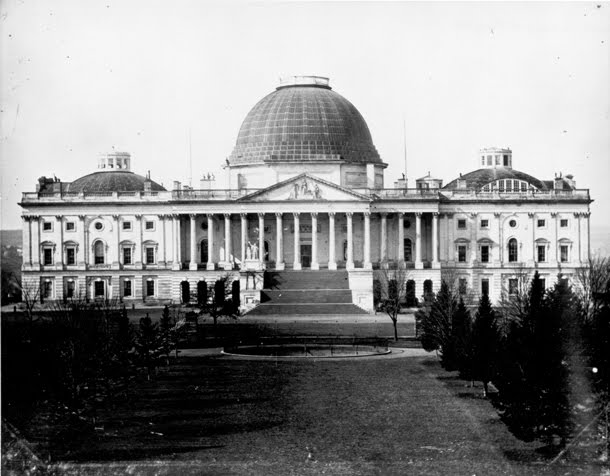









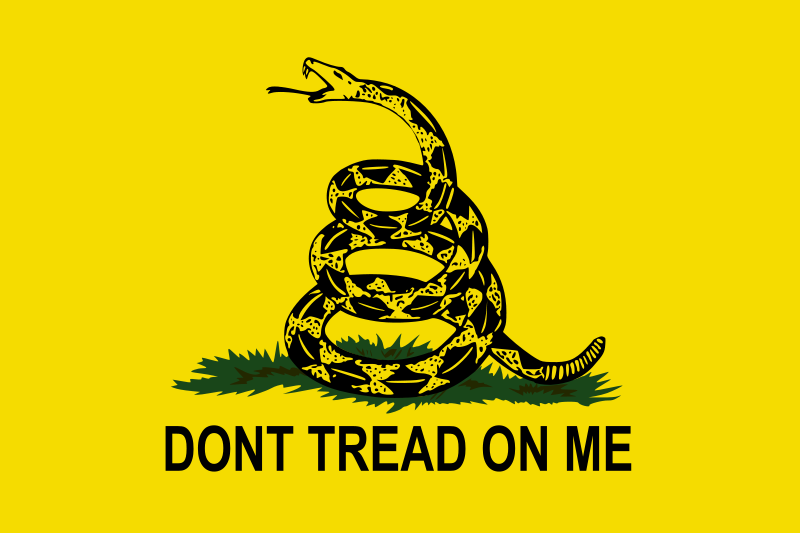
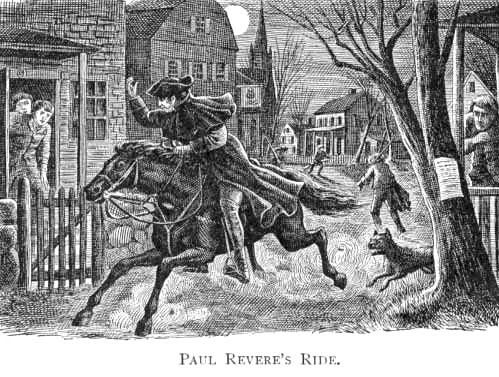

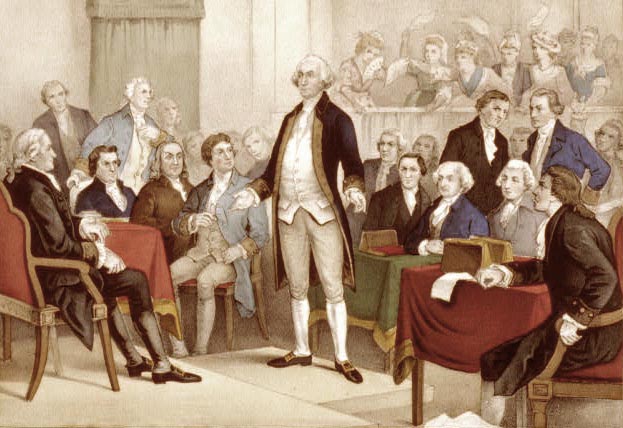

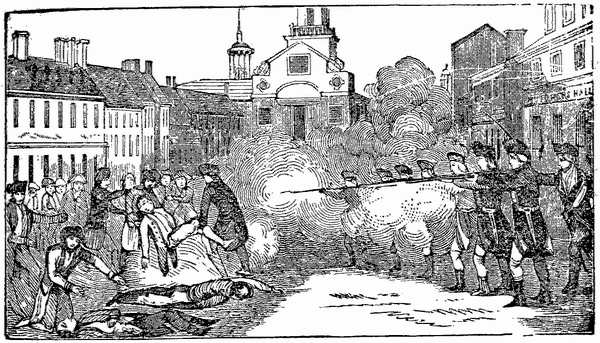

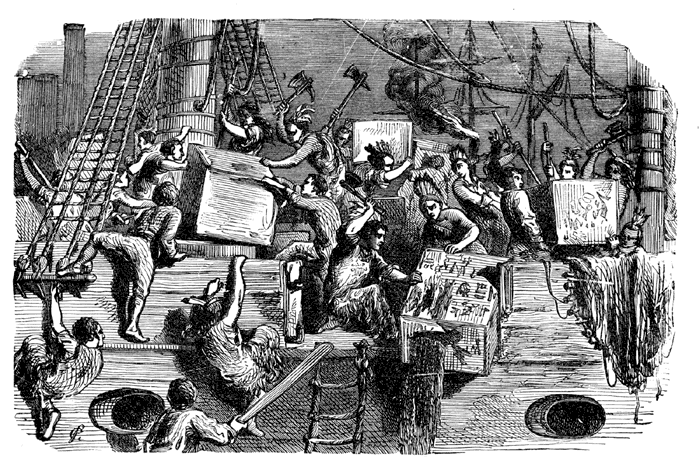




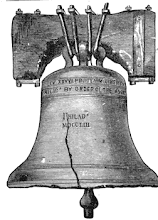




No comments:
Post a Comment